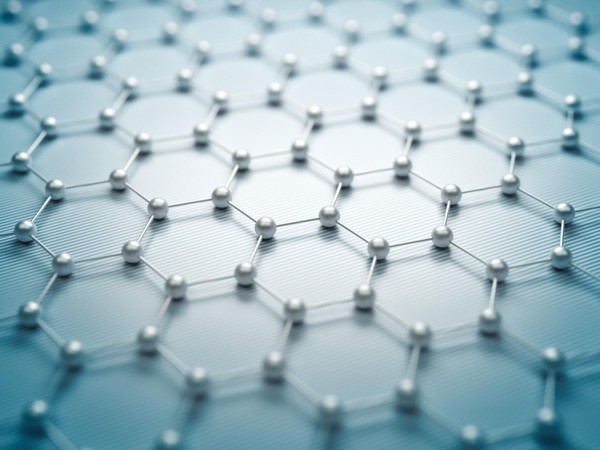A team of researchers from the Department of Physics has described a new method of generating, detecting, and manipulating spin currents in multi-layered graphene structures. Spin currents are a phenomenon that arise as a consequence of the spin of electrons. They are of central importance in the field of spintronics, which centers on the study of electronic spin and its possible applications in solid-state devices. This discovery is expected to contribute to the design of low-power transistors.

Source: National Geographic
The researchers, led by Professor Sungjae Cho, focused on graphene, a two-dimensional hexagonal arrangement of carbon atoms. Graphene is the basic structural element in some forms of carbon such as graphite and charcoal. It was first successfully isolated only as recently as 2004, and the discoverers, professors Andre Geim and Konstantin Novoselov at the The University of Manchester, were conferred the 2010 Nobel Prize in Physics. The material is known for its remarkable physical and chemical properties, owing to its unusually thin structure, and has found wide application in several fields.
The team developed a highly efficient method of accomplishing an interconversion between charge current (related to the motion of electrons) and spin current. The key property of a material needed to generate and control spin currents is its spin-orbit coupling, which results from the interaction between the spin of a charged particle and its motion. Conventionally, the small spin-orbit coupling of graphene obstructed it from being used to create and control spintronic current. However, the team has devised a method of efficiently increasing the spin-orbit coupling, allowing it to be used in spin-current applications.
This increase in the spin-orbit coupling was accomplished through the addition of 2H-TaS2, a material with a very high spin-orbit coupling. This allowed the researchers to observe the Rashba-Edelstein effect (REE), which had not previously been seen in the absence of ferromagnetic electrodes or magnetic fields. REE is the main mechanism that enables the interconversion between charge current and spin current. It allows the two-dimensional conduction electrons of graphene to be magnetized by an applied charge current and form a spin current.
The study, published in April in ACS Nano, was supported by the National Research Foundation of Korea.

